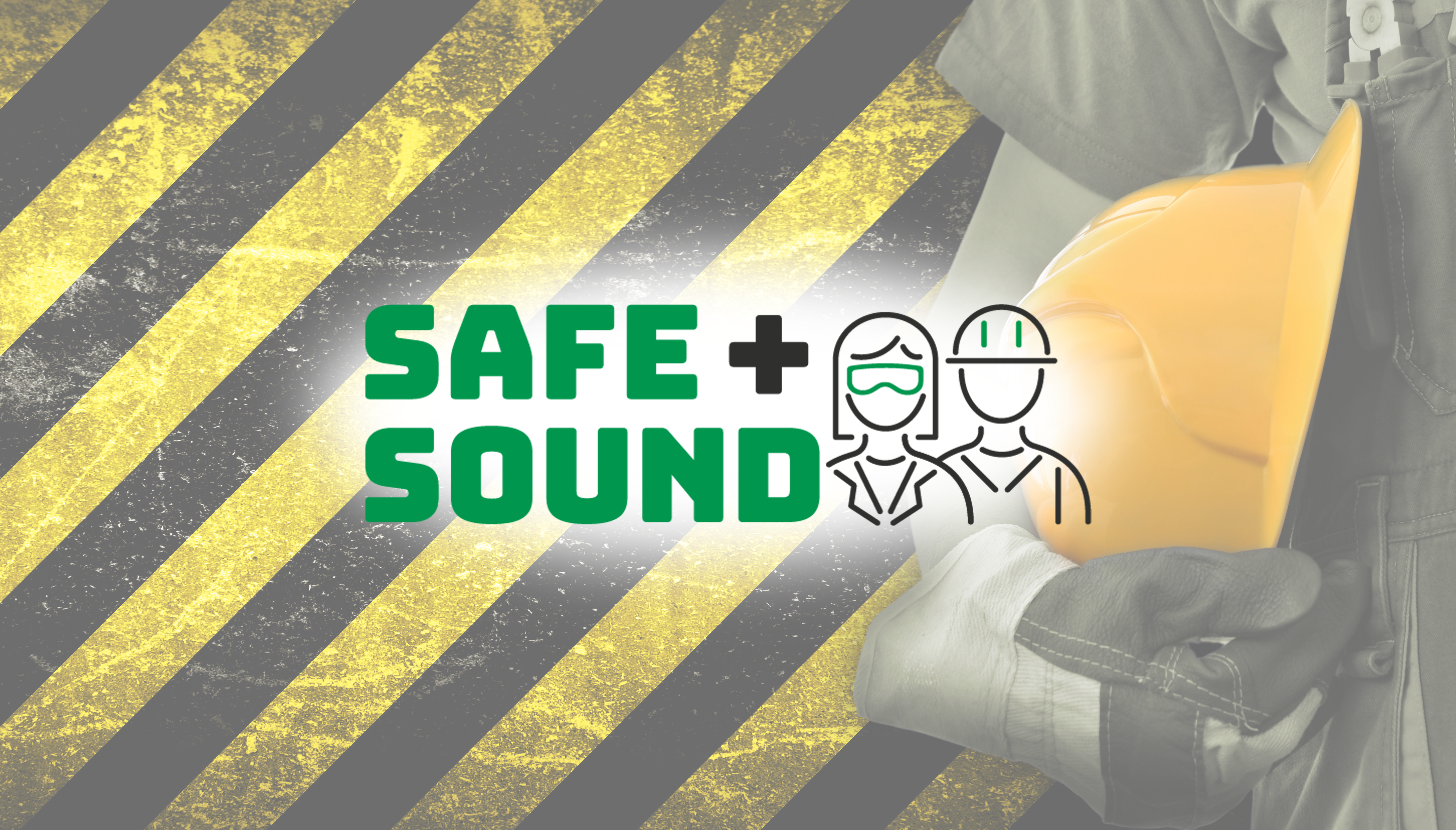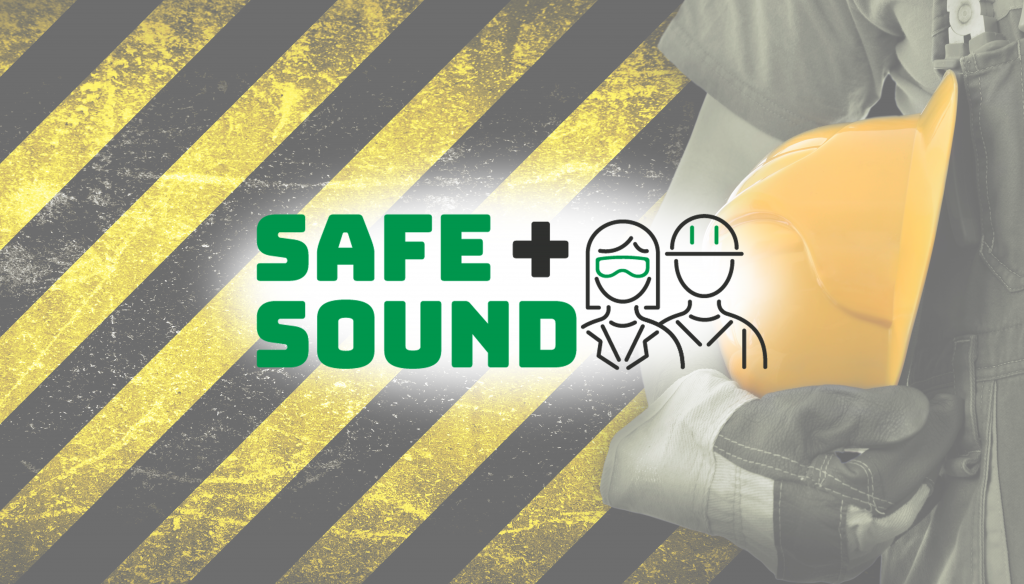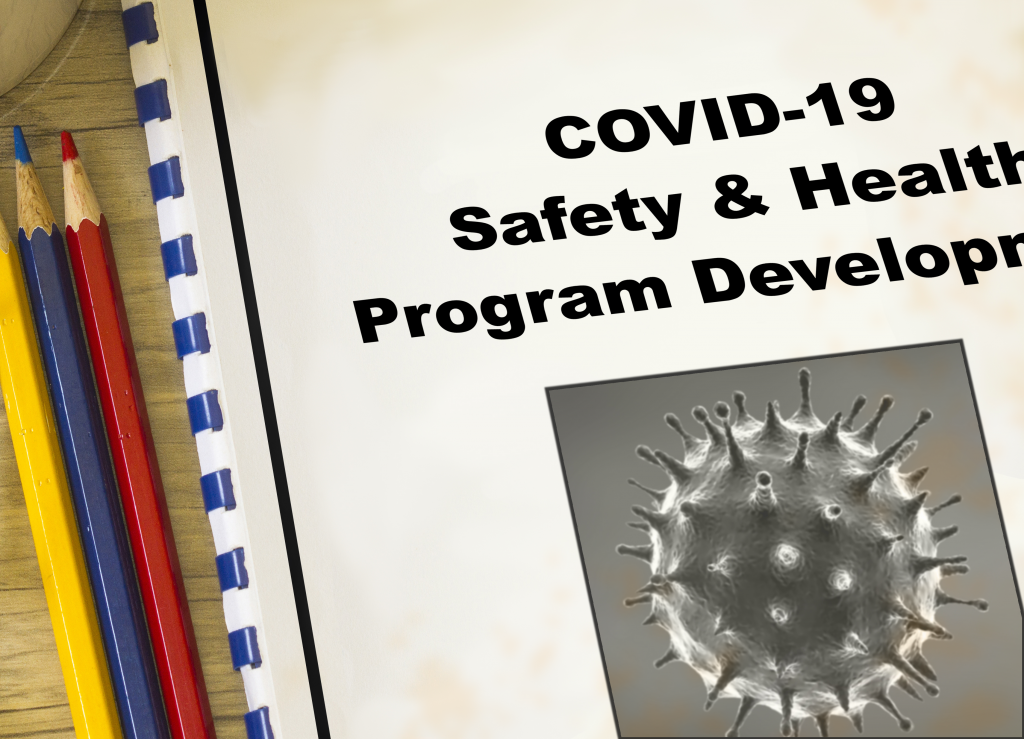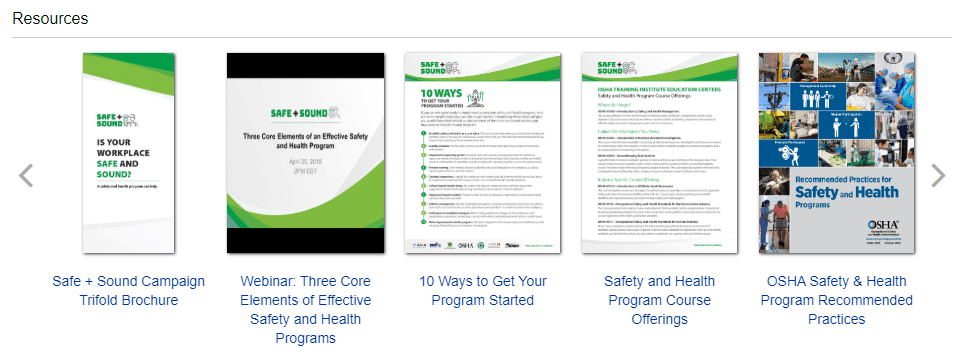
Safe + Sound Week 2020: Recognizing Successful Safety & Health Programs

Written by: Virginia McCormick, NES, Inc.

Safe + Sound 2020 marks the fourth year of the nationwide workplace safety awareness event.
Safe + Sound Week 2020 Returns in August
The Occupation Safety and Health Administration’s (OSHA’s) 4th annual Safe + Sound Week returns this August, from the 10th to the 16th. The nationwide event is co-sponsored by the National Safety Council, American Industrial Hygiene Association, American Society of Safety Engineers, and National Institute for Occupational Safety and Health and is aimed at increasing awareness of the importance of Safety and Health Programs in the workplace.
The safety event encourages employers and employees to commit to safety by uniting the efforts of management leadership and worker participation to systematically identify and mitigate workplace hazards.
Safe + Sound Week 2020 is meant for all businesses of all sizes across all industries. Last year, more than 3,300 businesses participated, which covered over one million workers. It would be difficult to find an industry in which responsible safety and health awareness is not beneficial for everyone involved.
Is Your Workplace Safe + Sound?
Participation in Safe + Sound Week 2020 is important for many reasons. Properly designed and executed Safety and Health Programs can get ahead of potential problems presented by workplace hazards before such hazards are able to cause injury or illness. This helps to protect businesses from the inside out, which contributes to ensuring a sustainable bottom line.
According to OSHA, more than four million workers suffer from serious job-related injuries or illnesses and more than 4,000 Americans die from work-related incidents each year. Developing and maintaining good Safety and Health Programs can prevent workplace injuries and illnesses, reduce costs, engage workers, improve compliance, and increase overall productivity and business operations.

Safe + Sound Week 2020 incorporates three main activities: management leadership, worker participation, and finding and fixing hazards.
Each year, Safe + Sound Week focuses on three main types of activities: management leadership, worker participation, and finding and fixing hazards. An effective Safety and Health Program will address all three of the core elements represented by these activities, and OSHA advises that successful participation in Safe + Sound Week 2020 will incorporate at least one, but ideally all three, of these activities.
Management leadership builds a solid foundation for a safe workplace. When the higher levels of management demonstrate a commitment to implementing Safety and Health Programs, employees are more likely to follow through. Commitment can be demonstrated by management through providing resources, rewarding contributions, and leading by example.
Employees will often be the most keenly aware of the potential hazards associated with their job duties. As these programs, “tap into workers’ collective experience, knowledge, and insight in order to find solutions,” worker participation is essential. OSHA notes that workers being fearful of retaliation for speaking up about job hazards will often stifle essential participation.
Finding and fixing hazards goes beyond the typical reactive approach. Employers and their employees should be proactive, as identifying and fixing hazards before they cause injury or illness is far more effective. Given that workplaces are constantly evolving, businesses must be flexible to stay on top of emerging hazards.
The Safe + Sound 2020 web page has a large variety of resources available for businesses and employees.
10 Ways to Establish and Develop a Successful Safety and Health Program
As part of Safe + Sound Week 2020, OSHA has published many different resources for employers and their employees to follow, from webinars to brochures. The OSHA informative resource 10 Ways to Get Your Program Started provides a valuable baseline for employers just getting started on developing and establishing a proper Safety and Health Program for their business. These guidelines are summarized as follows:
- Establish safety & health as a core value by assuring workers that their safety and health is a priority that will not be sacrificed.
- Lead by example by practicing safe behaviors from the management level downward.
- Implement a reporting system for employees to voice their safety and health concerns without fear of retaliation.
- Provide training to employees on how to spot and control workplace hazards.
- Conduct inspections and ask employees to identify any activity or equipment that may concern them.
- Collect hazard control ideas by encouraging employees to suggest improvements to workplace policies
- Implement hazard controls by assigning employees to choose, implement, and evaluate potential safety solutions.
- Address emergencies by identifying potential emergencies and developing instructions on what to do in each case.
- Seek input on workplace changes with employees before implementing significant modifications to their workplace, equipment, or organization.
- Make improvements to the program regularly, with the goal of identifying ways to improve the Safety and Health Program.

During, and in the wake of, the COVID-19 pandemic, occupational Safety and Health Programs have never been more important.
To learn more about protecting yourself and your employees from COVID-19 in the workplace, reference the May and July 2020 NES articles CDC Guidelines to Creating and Maintaining Healthy Workspaces After COVID-19 and Establishing an Effective COVID-19 Prevention Program.
How to Participate in Safe + Sound Week 2020
Successful Safety and Health Programs can proactively identify and manage workplace hazards before injury or illness occur – which improves sustainability, bottom lines, and worker retention. Business owners and their employees can participate in Safe + Sound Week 2020 in a variety of ways.
Some OSHA-suggested ways of participation include holding refresher training on the proper use of safety equipment, recognizing safety milestones and worker contributions, hosting virtual trivia sessions on common worker safety practices, and sharing safety success stories to inspire others to take action.
But the main goal of the event is to help employers develop their Safety and Health Program, improve an existing one, or provide an opportunity to recognize safety successes. Participants are encouraged to sign up on the Safe + Sound Week 2020 website, plan and promote their safety events, and then recognize their participation and success by sharing their stories.
NES Health & Safety Training
NES offers a variety of online, on-site, and open enrollment training to help bolster the effectiveness of your Safety and Health Program. When it comes to risk assessment, best management practices that involve extra training can provide both short- and long-term rewards for employers and employees. Maximizing training contributes to a decrease in accidents, injuries, and illnesses, thereby limiting missed workdays and the associated expenses incurred by the business.
For more information on how we can help you manage the health and safety of your employees, please contact NES at 916-353-2360 / 1-800-NES-ADVISE (1-800-637-2384) or office@nesglobal.net.
References:
OSHA Brochure: Is Your Workplace Safe and Sound?

